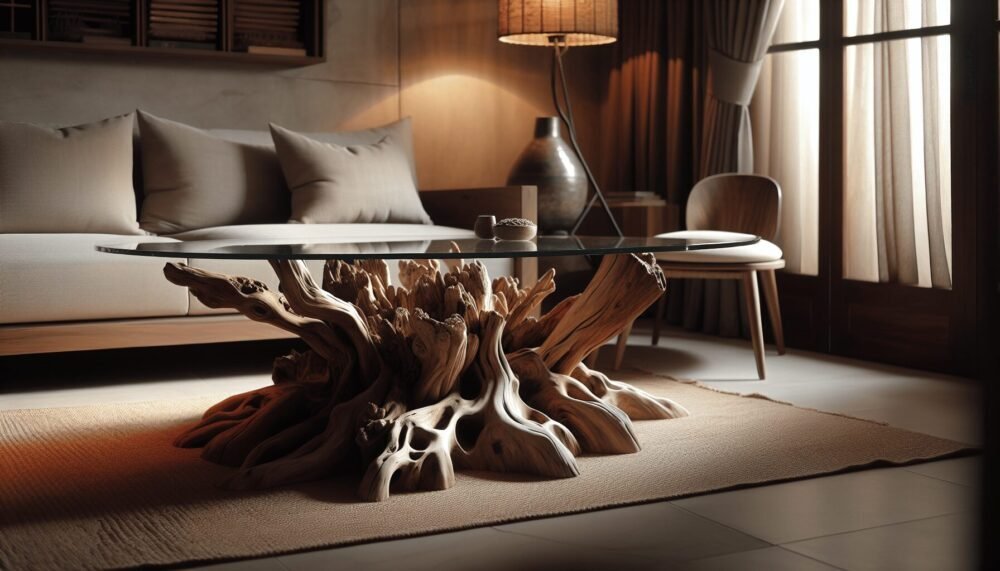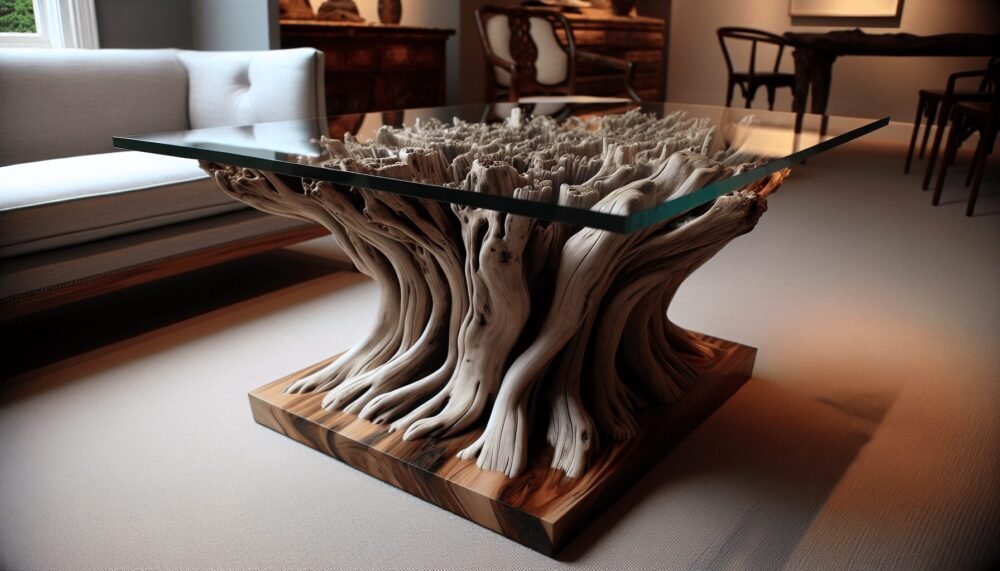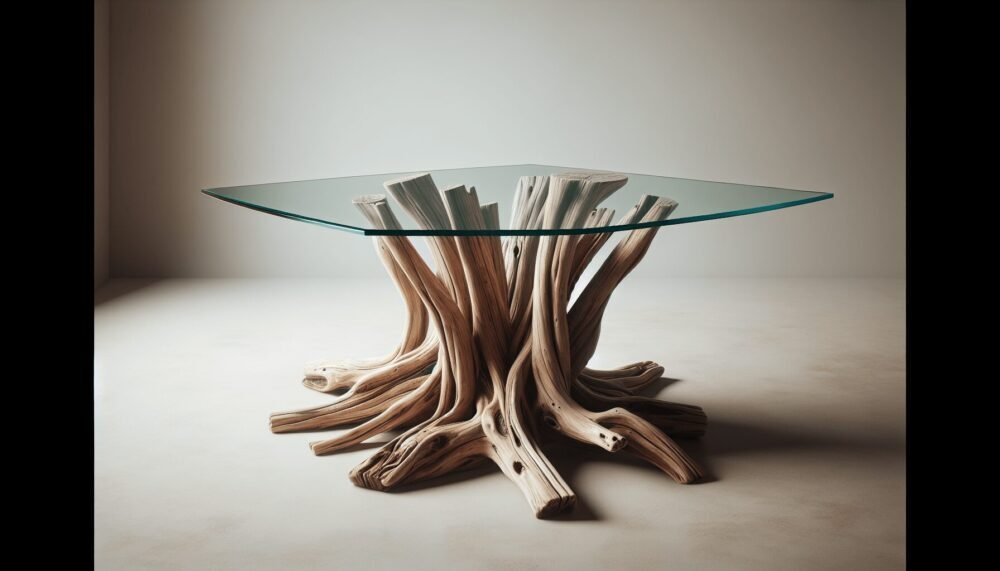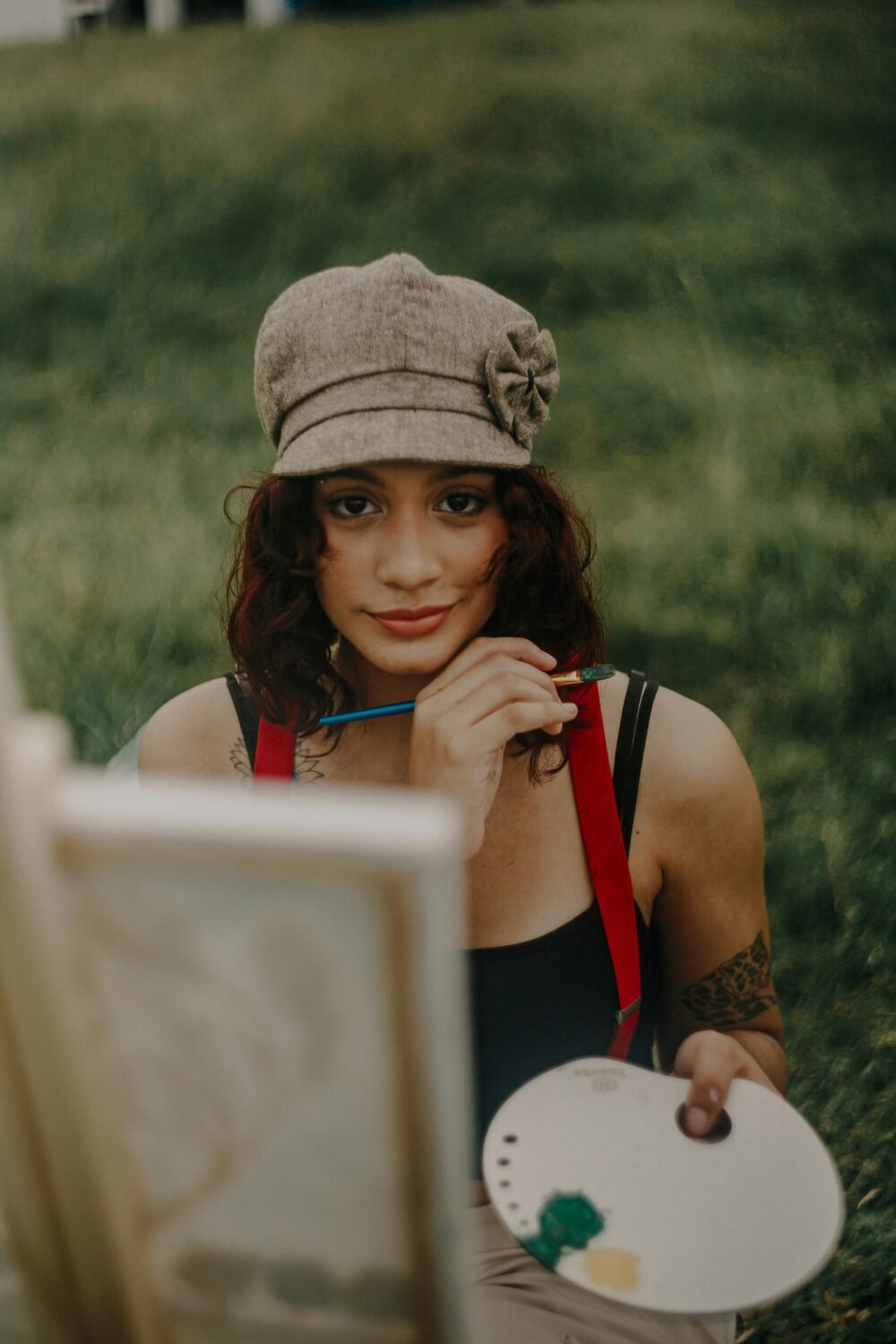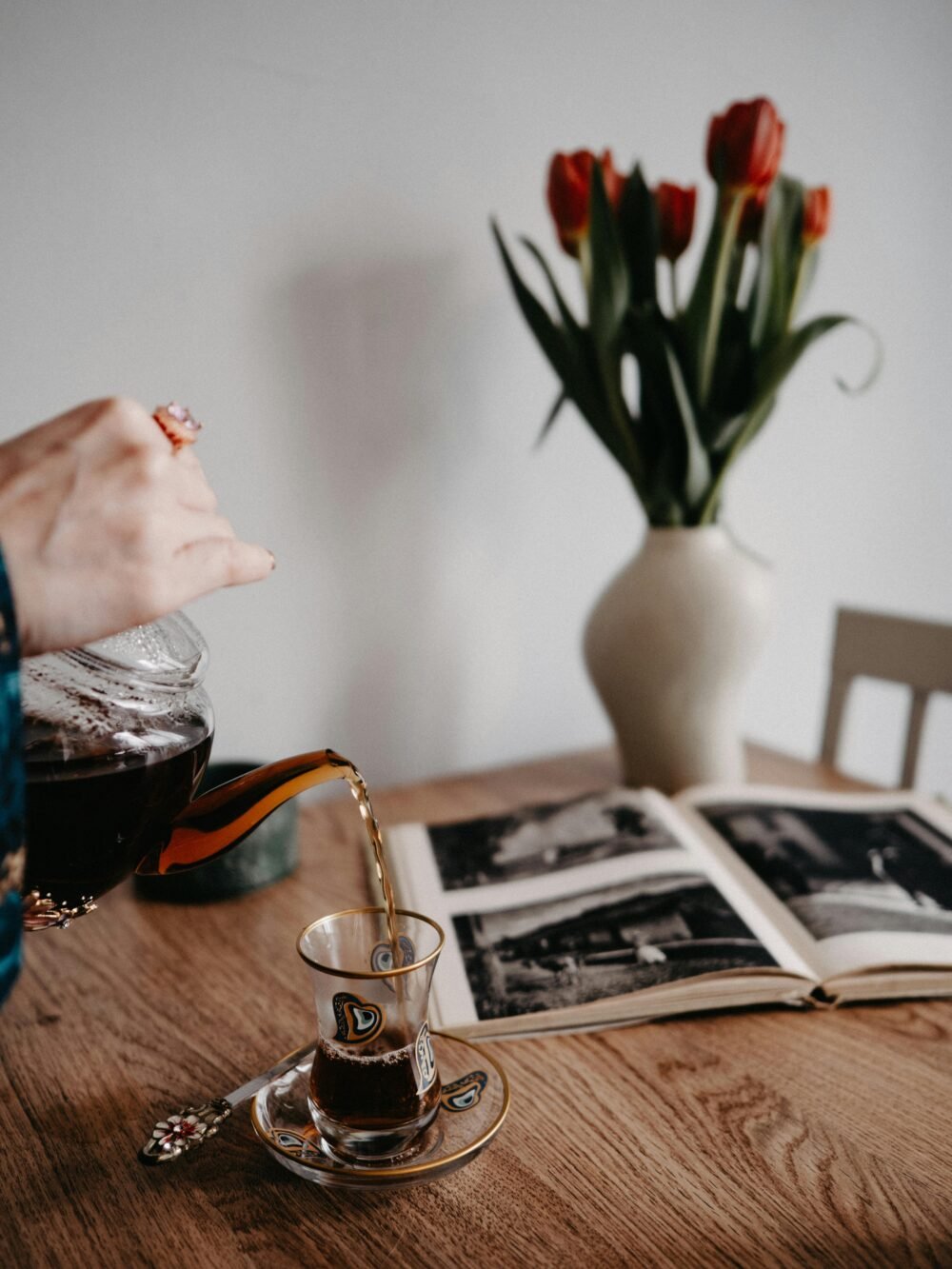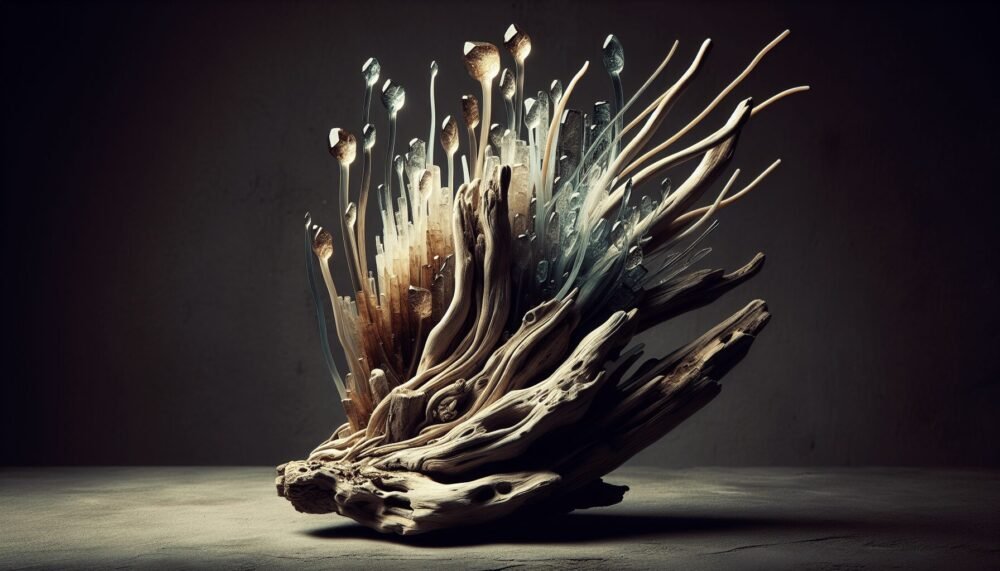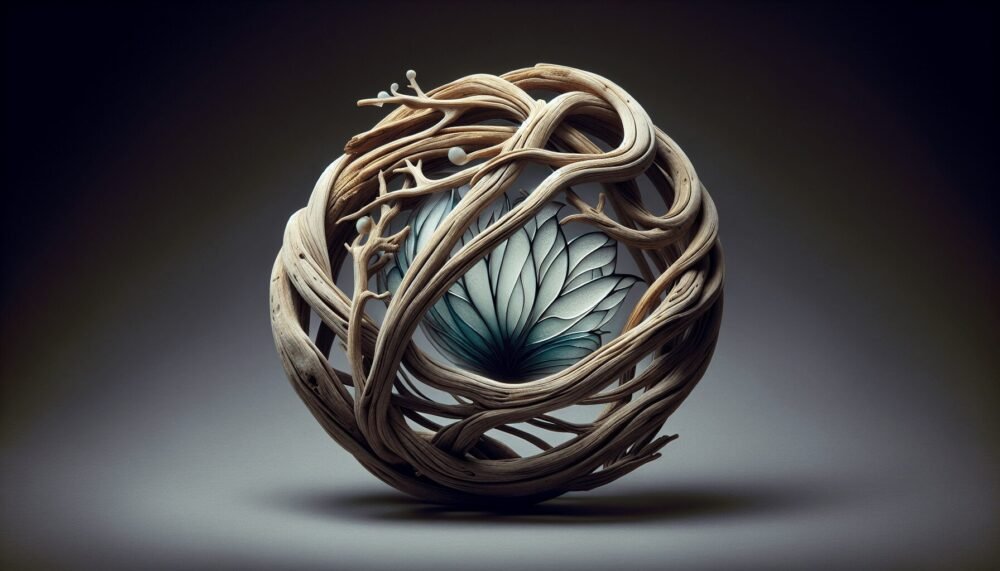Have you been contemplating adding a touch of nature and elegance to your home décor? A driftwood glass fish bowl might be the perfect addition to your space. This unique piece combines the organic allure of driftwood with the crystal-clear elegance of hand-blown glass. Whether you are an aquarium enthusiast or simply someone who appreciates artistry and natural elements, this exquisite item can captivate your senses and elevate your home aesthetics.
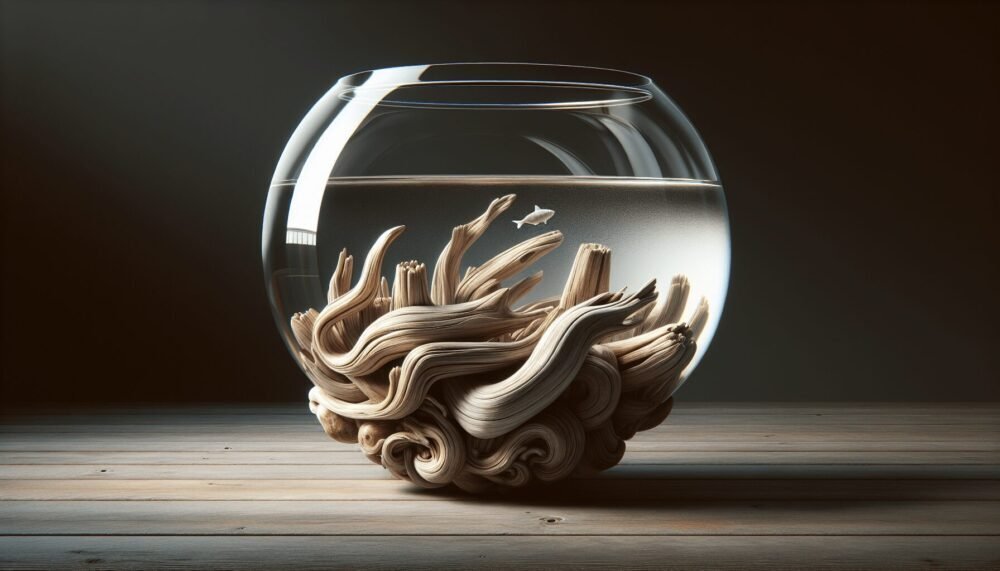
What is a Driftwood Glass Fish Bowl?
A driftwood glass fish bowl is a stunning combination of natural driftwood and blown glass, creating a one-of-a-kind decorative piece. The glass bowl is meticulously molded to fit seamlessly onto a piece of driftwood, giving the appearance that the two were crafted together by nature itself. This juxtaposition of materials brings together the robustness of driftwood with the fragile, transparent beauty of glass.
Origins of the Driftwood Glass Fish Bowl
The concept of combining materials like driftwood and glass isn’t entirely new. However, the modern driftwood glass fish bowl segment has evolved into a niche market, catering to individuals who wish for something beyond conventional home décor. Originally, these pieces were crafted by artisans in regions abundant in coastal driftwood, utilizing traditional hand-blown glass techniques to create each unique bowl.
Crafting Process
Understanding the crafting process behind these bowls can deepen your appreciation for them:
Sourcing Driftwood: Driftwood is collected from various coastal regions. Each piece is unique, shaped naturally by water and weather conditions.
Preparing Driftwood: The driftwood is cleaned and sometimes sanded to remove any rough edges, but it is generally left in as natural a state as possible.
Blowing Glass: Skilled artisans begin the process of shaping the glass. At this point, the glass is molten, allowing it to be easily shaped. The glass is then molded directly onto the driftwood while it is still hot, creating a custom fit.
Cooling Process: After the glass has been molded, it is placed in an annealing oven to slowly cool down. This step helps prevent any internal stresses within the glass, reducing the risk of cracking.
Final Touches: Once cooled, any necessary polishing or finishing touches are applied to ensure both the driftwood and glass maintain their natural beauty.
Benefits of a Driftwood Glass Fish Bowl
Investing in a driftwood glass fish bowl offers more than just aesthetic appeal. There are numerous benefits to owning a piece:
Unique and One-of-a-Kind
No two driftwood glass fish bowls are alike. The uniqueness comes from the natural formations of driftwood and the artisan processes involved in molding the glass. This ensures that your piece is truly one-of-a-kind.
Eco-Friendly
Driftwood is a naturally occurring material that is often collected from beaches and shorelines, reducing waste and promoting recycling. Many artisans also focus on sustainability when sourcing their driftwood, ensuring minimal environmental impact.
Versatile Décor
These bowls function as both a fish bowl and a standalone art piece. They can be placed in various settings, from living rooms and offices to outdoor gardens, adding a natural and sophisticated touch to any space.
Low Maintenance
Glass bowls are easier to clean and maintain compared to traditional aquariums. The driftwood is typically treated to resist decay, making it durable and long-lasting.
How to Choose the Right Driftwood Glass Fish Bowl
Selecting the perfect driftwood glass fish bowl involves several considerations. From the size to the type of fish you’d like to house, each element plays a role in your final decision.
Size
Size is an important factor. Measure the space where you plan to place the bowl to ensure it will fit comfortably.
| Bowl Size | Suitable For | Placement Suggestions |
|---|---|---|
| Small | Betta Fish, Small Terrarium Plants | Desks, Shelves, Small Tables |
| Medium | Community Fish, Medium-Sized Terrarium | Coffee Tables, Counters, Bookcases |
| Large | Larger or Multiple Fish, Aquatic Gardens | Living Room Corners, Lobby Areas |
Shape and Design
Driftwood glass fish bowls come in various shapes and designs. Some bowls are round, while others may have an irregular or freeform shape, reflecting the natural contours of the driftwood. Think about the overall aesthetic you’d like to achieve and select a bowl that complements your style.
Fish Compatibility
Not all fish species are suitable for a driftwood glass fish bowl. You’ll need to consider the size, temperament, and habitat requirements of your intended fish. Here are a few suitable choices:
| Fish Species | Temperament | Habitat Requirements |
|---|---|---|
| Betta Fish | Territorial | Warm Water, Individual |
| Guppies | Social | Warm Water, Groups |
| Neon Tetras | Peaceful | Warm Water, Schools |
| Small Goldfish | Hardy | Varied Temperature |
Setting up Your Driftwood Glass Fish Bowl
Once you’ve chosen your driftwood glass fish bowl, the next step is setting it up. It’s essential to create a suitable environment for any fish or plants you intend to keep in the bowl.
Cleaning the Bowl
Before setting up, clean the bowl thoroughly. Avoid using soap or harsh cleaning agents; instead, use warm water and a soft cloth to wipe down both the glass and driftwood.
Adding Substrate
Choose a substrate that matches the needs of your fish and plants. Gravel, sand, and nutrient-rich planted substrates are popular choices. Ensure a layer of approximately 1-2 inches to anchor plants and create a natural look.
Plants and Decoration
Adding live or artificial plants can enhance the beauty of your bowl. Live plants help maintain water quality by absorbing nitrates, but they do require light and some maintenance. Decorative items such as stones or small statues can add an extra touch of personalization.
Filling with Water
Fill your bowl with water, preferably treated with a water conditioner to neutralize chlorine and other harmful chemicals. If you’re using tap water, let it sit for 24 hours before adding fish to acclimate to room temperature.
Introducing Fish
When adding fish, allow them to acclimate to the bowl’s water by floating the bag containing the fish in the bowl for 15-20 minutes. Gradually release the fish into the bowl to minimize stress.

Maintenance Tips
Maintaining a driftwood glass fish bowl requires some effort but is generally less demanding than larger aquariums.
Regular Water Changes
Perform regular water changes, around 20-30% of the water, every week to keep the environment clean and reduce waste buildup. Use a siphon to remove water and replace it with conditioned tap or distilled water.
Monitor Water Parameters
Use a water testing kit to check the parameters of your bowl. Key factors to monitor include pH, ammonia, nitrites, and nitrates. Adjustments can be made using chemical treatments if needed.
| Parameter | Ideal Range |
|---|---|
| pH | 6.0 – 7.5 |
| Ammonia | 0 ppm |
| Nitrites | 0 ppm |
| Nitrates | Less than 20 ppm |
Clean Decorations and Glass
Regularly clean any decorations and the glass itself to prevent algae buildup. Use a soft brush and warm water for cleaning without chemicals.
Feeding
Feed your fish according to their species-specific requirements. It’s better to underfeed than overfeed, as leftover food can pollute the water.
Creative Uses Beyond a Fish Bowl
A driftwood glass fish bowl isn’t limited to housing fish. Here are some creative ways you can utilize this versatile piece in your home.
Terrarium
Convert your fish bowl into a terrarium filled with succulents, air plants, or ferns. This is a great low-maintenance option that can add greenery to your space.
Candle Holder
Use your bowl as a unique candle holder. Place a large candle in the center, and fill the bowl with pebbles or sand for a beautiful centerpiece.
Table Centerpiece
Fill the bowl with decorative stones, marbles, or seasonal items such as pinecones or flowers. This will make a stunning and ever-changing table centerpiece.
Mini Water Garden
Create a mini water garden by adding aquatic plants and water features. This idea is perfect for adding tranquility to your space without the need for fish.
Caring for Driftwood and Glass
Maintaining the natural beauty of your driftwood glass fish bowl involves caring for both the driftwood and glass components.
Driftwood Maintenance
Over time, driftwood can develop algae or bacterial growth. You can easily clean it by gently scrubbing with a soft brush and rinsing with water. If you notice any decay, it may be time to replace the driftwood.
Glass Maintenance
The glass component may develop water spots or become cloudy. Use a glass cleaner safe for aquariums or a mixture of vinegar and water to clean the exterior. Always avoid using any harsh chemicals that could harm your fish or plants.
Frequently Asked Questions
How long do driftwood glass fish bowls last?
With proper care and maintenance, driftwood glass fish bowls can last for many years. The durability of both the driftwood and glass will ensure long-term use.
Can I use saltwater in a driftwood glass fish bowl?
While it’s possible, it requires more meticulous maintenance. Salt can be corrosive to certain types of driftwood and can create challenges for cleaning and balancing water parameters.
Are there any fish that should not be kept in a driftwood glass fish bowl?
Fish that require large swimming spaces or have particular habitat needs, such as those prone to aggressive behavior, are not suitable for these bowls. Always research the specific needs of any fish species before introducing them to your bowl.
Conclusion
A driftwood glass fish bowl is more than just a container for your aquatic friends; it is a statement piece that unites nature and artistry in a harmonious blend. Whether used traditionally to house fish or repurposed creatively, this versatile bowl can add a touch of elegance and uniqueness to any space. By choosing and maintaining your driftwood glass fish bowl carefully, you can enjoy its beauty and functionality for years to come. So, go ahead—why not bring a touch of the serene beach indoors and transform your living environment with this captivating piece?
